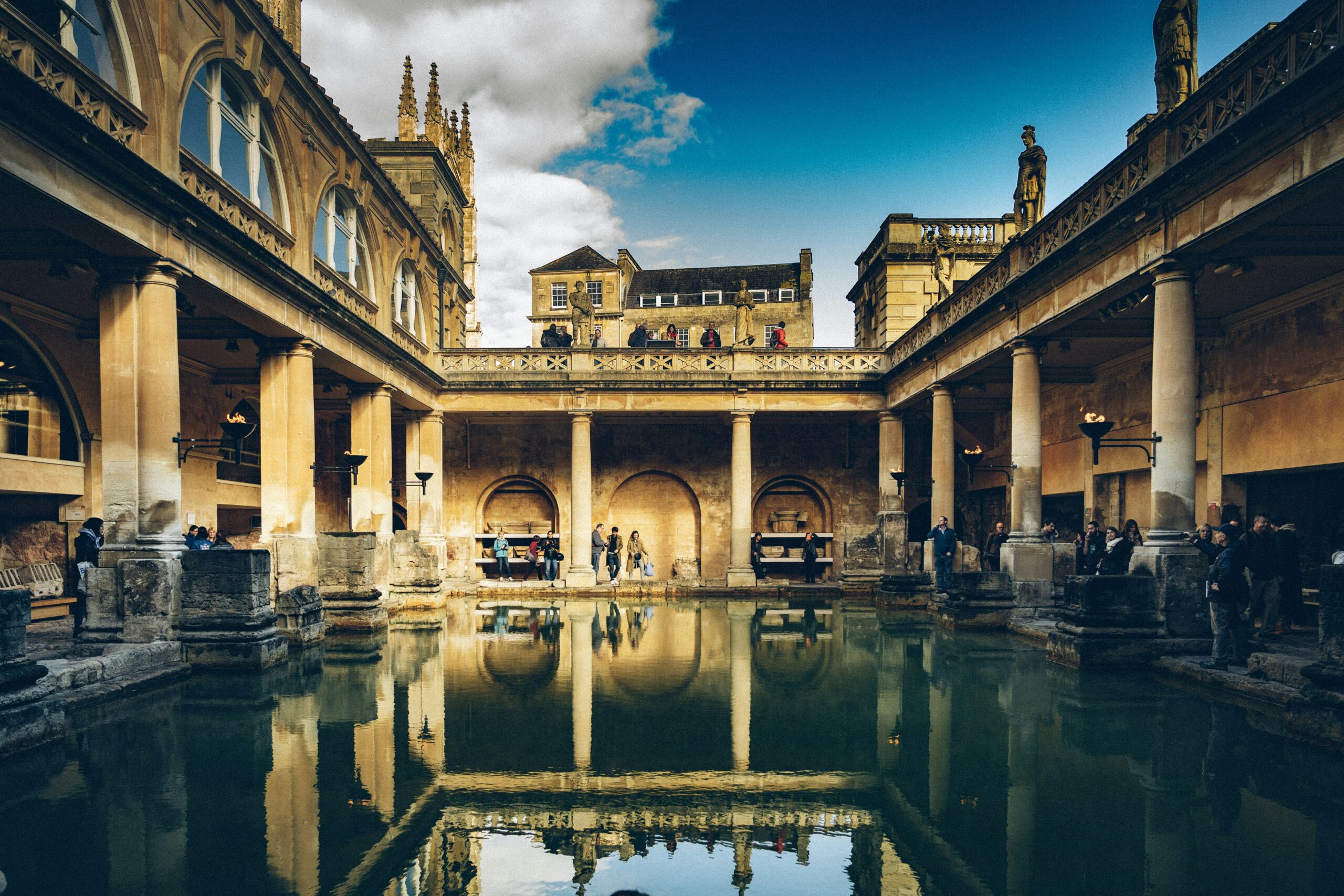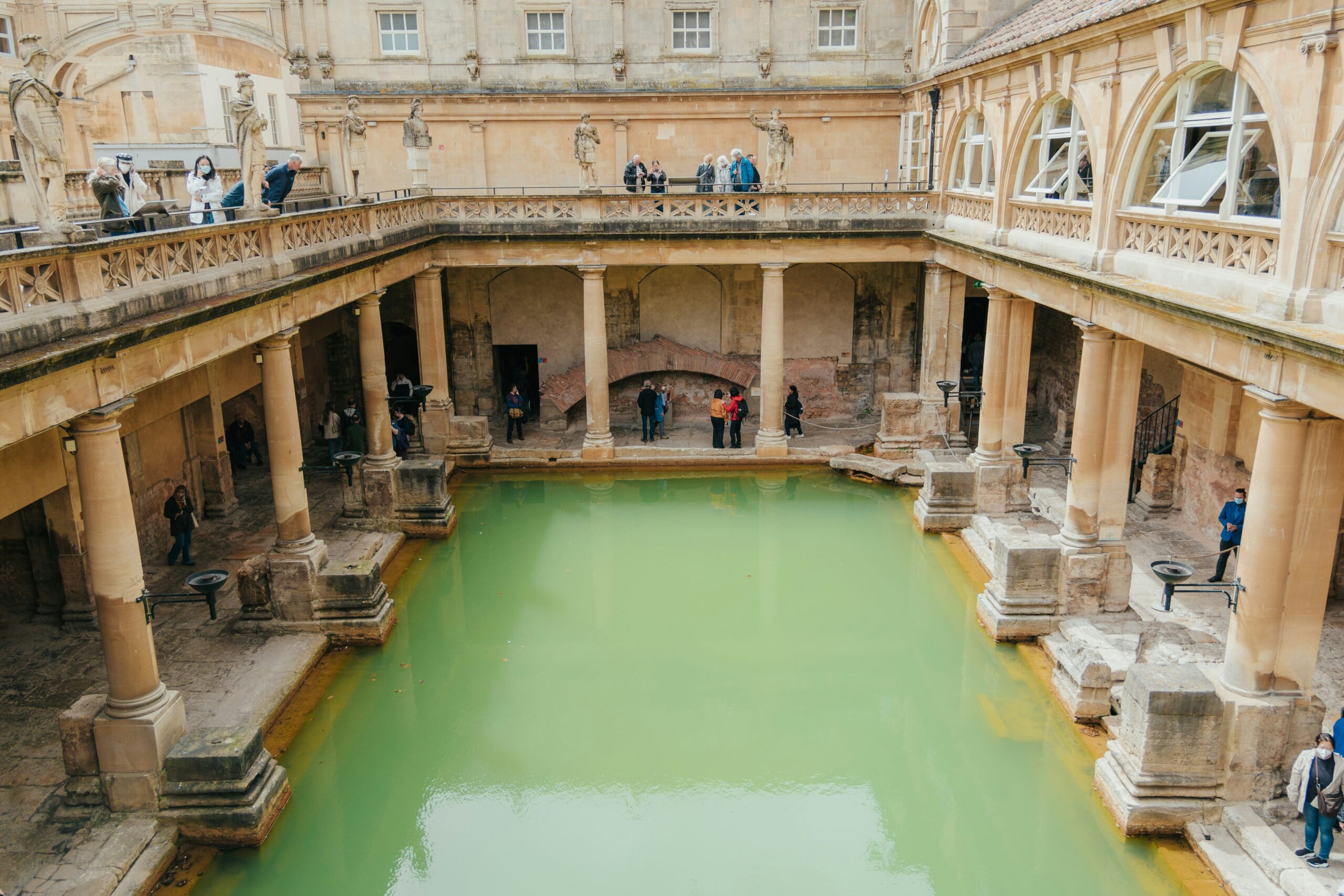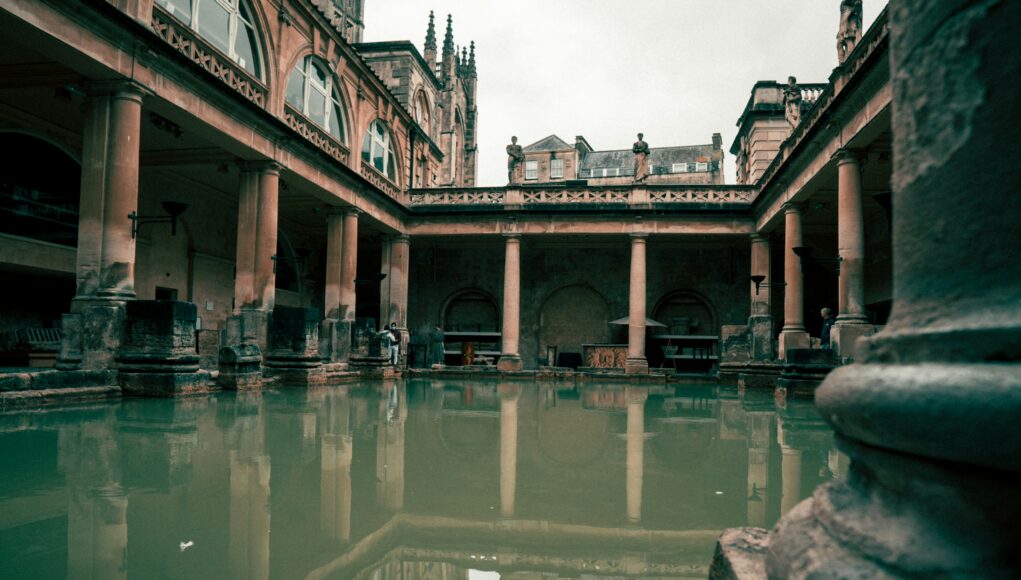
Visitors to Bath, UK, immediately feel history’s presence, and nothing captures the city’s past better than the Roman Baths. Located centrally, this UNESCO World Heritage Site represents more than just old ruins; it tells a compelling story of Roman innovation, community life, and enduring historical intrigue. This guide will walk you through the site’s history, its key features, and practical tips for a memorable visit.
Content List
- A Glimpse Into the Past
- What You’ll See
- Beyond the Baths
- Practical Tips for Visiting
- Frequently Asked Questions (FAQ)
A Glimpse Into the Past
The Roman Baths date back nearly 2,000 years, to a time when Romans discovered the natural hot springs bubbling below the land. They consequently constructed a magnificent bathing complex. The Romans designed this complex to serve multiple functions, including a social hub, a healing center, and a sacred site for spiritual devotion to the goddess Sulis Minerva. As a renowned historian, Dr. Adrian Goldsworthy, writes, “The baths were the central point of social life in a Roman town, a place for relaxation, networking, and exercise.” Today, visitors can truly envision toga-clad citizens mingling and sharing gossip near the steaming pool.
What You’ll See
An extraordinary experience awaits visitors. Firstly, you will discover the Great Bath, the site’s iconic rectangular pool. This pool still holds naturally heated, mineral-rich spring water. Furthermore, the Sacred Spring acts as the very heart of the complex, with hot water continuously flowing for thousands of years. The Museum Exhibits also showcase fascinating Roman artifacts; these include intricately carved stone heads and curse tablets, where Romans inscribed appeals to their gods. Finally, explore the Temple Precinct, the location where religious rituals occurred, lending the baths a spiritual dimension. Additionally, audio guides—one famously narrated by actor Bill Bryson—narrate the stories, while projections and reconstructions help you visualize the baths in their original state.
 Beyond the Baths
Beyond the Baths
Although you cannot swim in the ancient pools, the city of Bath offers a variety of modern spa experiences. Therefore, you can visit the nearby Thermae Bath Spa to bathe in the same naturally warm waters. This spa, in particular, features a rooftop pool with panoramic views of the historic cityscape.
Practical Tips for Visiting
We recommend you book tickets online in advance, especially during the summer. Furthermore, you should arrive early or late in the day to avoid the busiest crowds. The museum is well-equipped to accommodate visitors with mobility needs. To complete your day, consider pairing your visit with Bath Abbey, located right next door, or take a leisurely stroll across the beautiful Pulteney Bridge.
Frequently Asked Questions (FAQ)
Q: Can visitors swim in the Roman Baths?
A: No, for preservation reasons, you cannot swim in the ancient pools. However, the nearby Thermae Bath Spa uses the same geothermal spring water, offering a modern bathing experience.
Q: How long does a visit to the Roman Baths take?
A: A typical visit lasts approximately 1.5 to 2 hours. However, you can explore at your own pace, and many people spend longer, particularly during off-peak times.
Q: Is the Roman Baths accessible for people with disabilities?
A: Yes, the Roman Baths museum and most of the site are accessible for visitors with mobility needs. They provide lifts and ramps to ensure access to key areas.



















